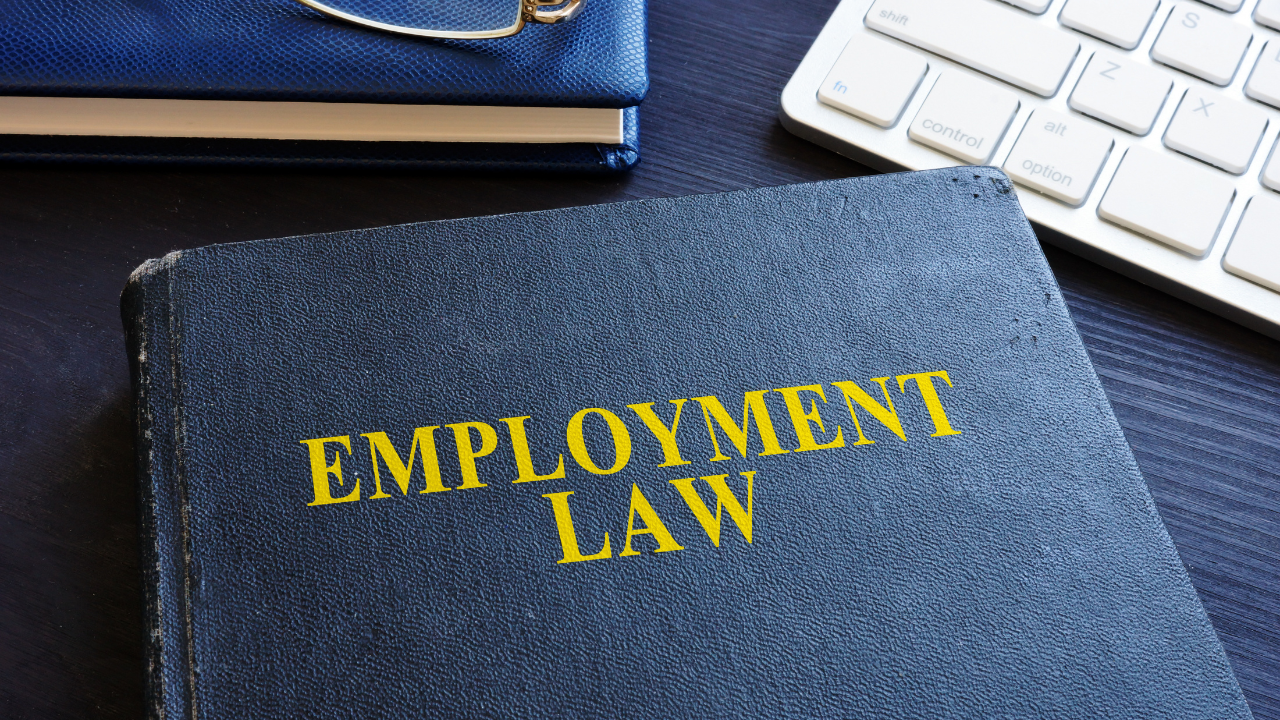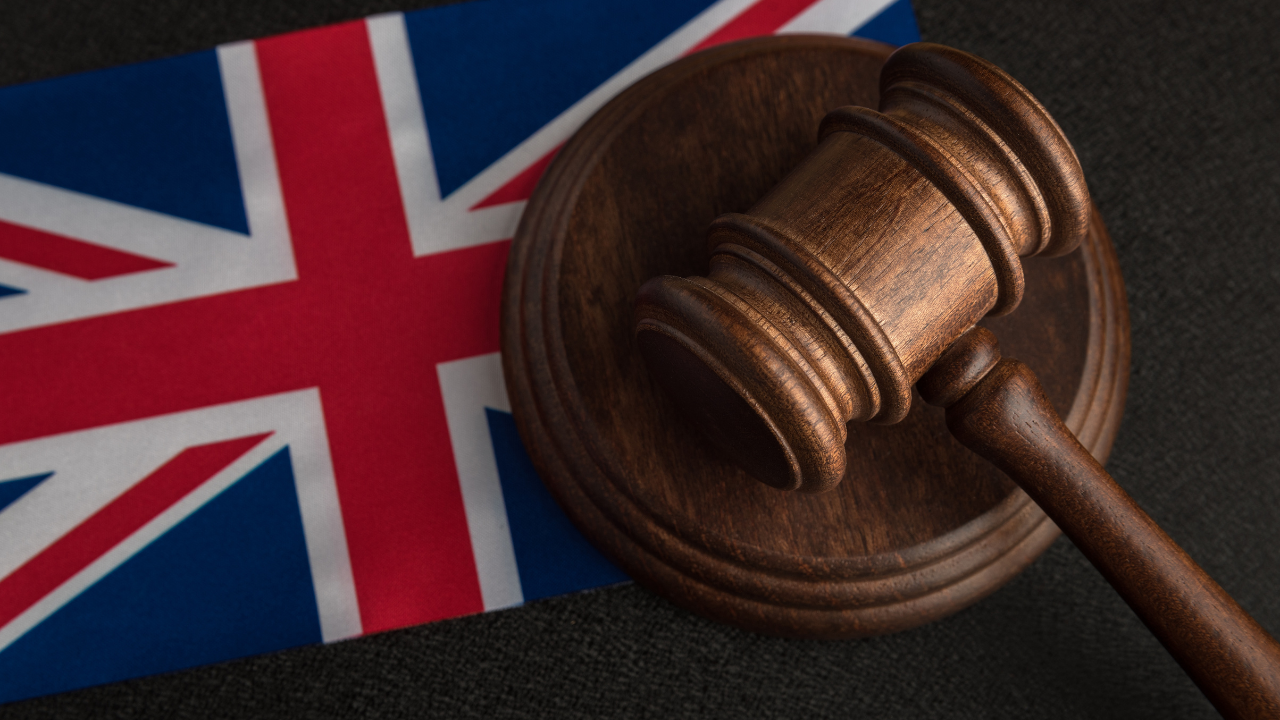Extension of the furlough scheme FAQ
On 31 October 2020, Prime Minister Boris Johnson announced that England would be placed in another national lock down commencing on 2 November 2020 for a 1-month period. Following this announcement, Chancellor Rishi Sunak confirmed that the Coronavirus Job Retention Scheme (CJRS), would be extended. Below we have answered some common questions about the return of the CJRS.
- How much does an employer have to contribute?The extended scheme is more generous to employers than the scheme that was in place in October 2020. Employers will only be required to cover a furloughed employee’s National Insurance and employer pension contributions, which on average is 5% of the total employment costs. If an employer wishes to, they can top up employee’s furlough pay to 100% of their salary, but they are under no obligation to do so.
- Which employees can be placed on Furlough leave?To be eligible to be placed on “furlough” from 2 November 2020, an employee must be on their employer’s payroll on 30 October 2020. Employees do not need to have been placed on furlough leave under the CJRS previously and can be on any type of contract including zero-hours, fixed-term of temporary. There should be a written agreement between employers and furloughed employees, as placing an employee on furlough leave will be a variation of their contract and employees’ consent should be confirmed in writing.
- Is flexible furlough available from November?Yes, employers will be able to place employees on flexible or full-time furlough leave under the CJRS. For the hours an employee works, their employer will be responsible for 100% of their salary. For the hours an employee in placed on furlough leave, the State will cover 80% of their salary.
- Can an employer claim for an employee’s notice pay under the CJRS?An employer cannot claim for any days between 1 December 2020 and 31 January 2021 on which an employee is serving their notice period, whether or not it is contractual or statutory notice. This includes people who are serving their notice period because they have resigned from their position. If an employee was serving their statutory notice period, prior to 1 December 2020, this may be claimed under the scheme. However, there is no guidance from the government on whether contractual notice before 1 December 2020 can be claimed for.
- When will the current Furlough scheme end?Although Boris Johnson announced that the current lock down will end on 2 December 2020, Rishi Sunak confirmed that the CJRS will be extended till 31 March 2021. However, the scheme will be reviewed in January 2021 and, if economic circumstances have improved, employers may be required to increase their contribution.
- If an employee was made redundant because the CJRS was due to end on 31 October 2020, can they be re-employed and placed back on furlough leave?Employers can rehire and furlough employees who they had made redundant, or who left, provided they were on their payroll between 20 March 2020 and 23 September 2020. However, the purpose of the CJRS is to keep those employed, where employers believe there will be a job for those employees at the end of the scheme, but due to lockdown restrictions/the coronavirus, there is no work for them at the present time. Therefore, if employers do not genuinely believe they will be able to continue to employ individuals at the end of the CJRS, they should not be re-engaged and placed back on furlough leave. To do so may leave the employers subject to action for abuse of the scheme and liable to repay any money claimed under the CJRS.
- Will employers still receive the job retention incentive for each employee they placed on furlough leave in January?
During the first CJRS period, the Chancellor announced that for each employee that an employer had place on furlough leave and was still employed in January 2021, the employer would receive a one of payment of £1,000 as an incentive to retain employees. However, as the CJRS has been extended, the scheme has been withdrawn.
If you would like advice on the CJRS, redundancies or placing employee’s on furlough leave and would like to speak to an expert employment lawyer, please contact us via email at contact@davenportsolicitors.com or telephone via 02079036888
















